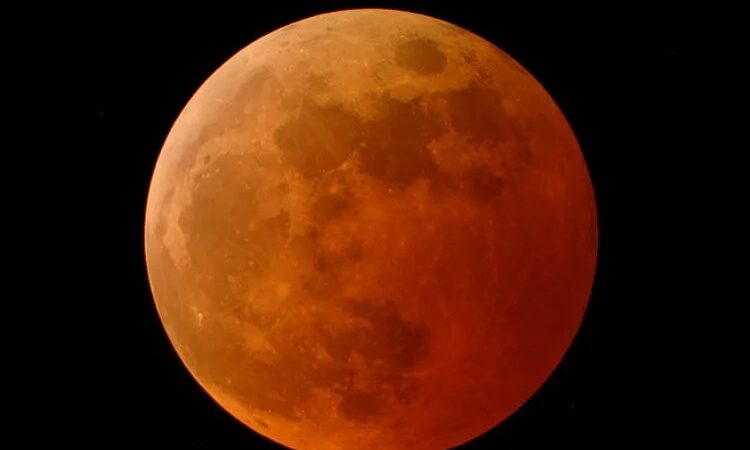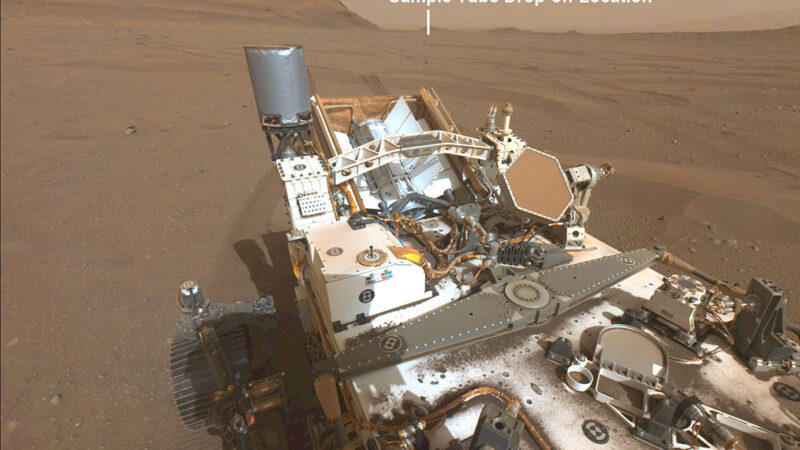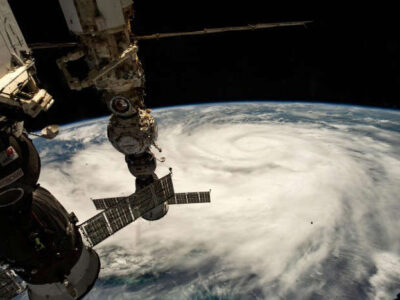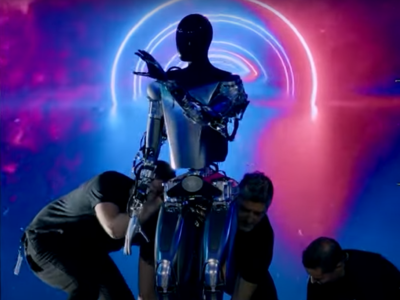Put the power station into space!ESA Plans to research solar power from space

The Sun never stops shining in space, and sunlight is much more intense there than on Earth’s surface. So what if we could gather that energy up in space then beam it down to Earth? In response ESA is proposing a R&D programme to mature the concept and its critical technologies – SOLARIS.

SOLARIS study topics
An Irresistible Trend
The challenge of decarbonising Europe’s energy sector over the coming few decades is a massive one. International Energy Agency Director Fatih Birol, writing in the Financial Times has said “Nothing short of a total transformation of our energy infrastructure is required — a worldwide undertaking of unprecedented speed and scale…. Almost half the emissions cuts required to move us on to a path to net zero by 2050 may need to come from technologies that are not on the market yet.”
Therefore, in the larger context of an energy transition, estimated by the IEA to require investments of trillions of euros, a variety of alternative sources are under study, including geothermal and in the longer-term, nuclear fusion. SOLARIS will help decide if it is feasible to add Space-Based Solar Power – a decades-old concept for delivering clean energy – to this work list.

Demonstration model of the principle of space solar power, which involves collecting sunlight from Earth orbit and then launching it to the desired surface.
Technological Breakthroughs
Solar power satellites in geostationary orbit would harvest sunlight on a permanent 24/7 basis then convert it into low-power density microwaves to safely beam down to receiver stations on Earth. The physics involved means that these satellites would have to be large, on the order of several kilometres in size, and the same being true for the collecting ‘rectennas’ down on Earth’s surface.

Solar energy from space is converted into electricity, which is transmitted wirelessly in the form of microwaves at 2.45 GHz to dedicated receiving stations on Earth called rectenas, which convert the energy back into electricity and feed it into the local grid.
This in turn would require technical advancements in areas such as in-space manufacturing and robotic assembly, high-efficiency photovoltaics, high power electronics and radio frequency beam forming. Further research to confirm benign effects of low-power microwaves on human and animal health and compatibility with aircraft and satellites would also be undertaken.

Conceptual image of a future in-orbit demonstrator for solar power in space.
“These are the kind of technical questions that SOLARIS will look into, to explore further the feasibility of the concept, so that Europe could make an informed decision in 2025 on whether to proceed with a Space-Based Solar Power programme in the future,” says Sanjay Vijendran, ESA’s lead for the SOLARIS proposal. “As an added plus, any breakthroughs achieved in these areas will be valuable in their own right, applicable to many other spaceflight endeavours.

An artist’s imagination of a solar-powered satellite
Global progress
“The mistake that is often made is to compare the concept with ground-based solar power, when really space solar offers novel characteristics such as baseload power that actually serves to complement rather than compete with intermittent sources like ground solar and wind. In this sense they could offer an alternative option to nuclear power in future – where studies show that the space-based solution ends up being surprisingly competitive.”
The programme proposal comes at a point when global interest in Space-Based Solar Power is at its highest for decades, with in-orbit demonstrations being prepared in the US, China and Japan.The UK has established its Space Energy Initiative to develop Space-Based Solar Power, while the European Commission is funding a project investigating large lightweight reflectors redirecting sunlight onto solar farms on the ground called SOLSPACE.
References:











As thus we will have more energy to use.